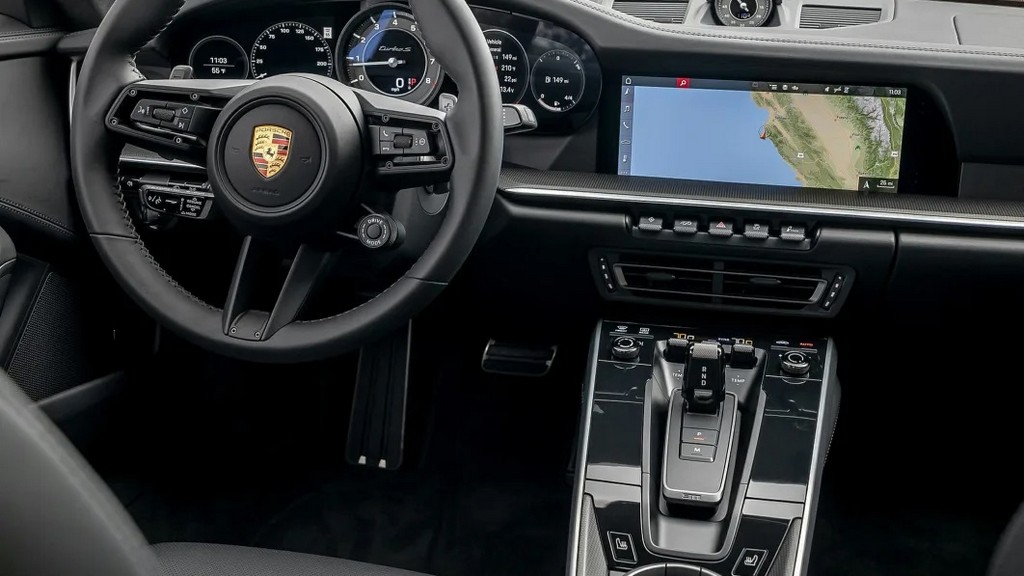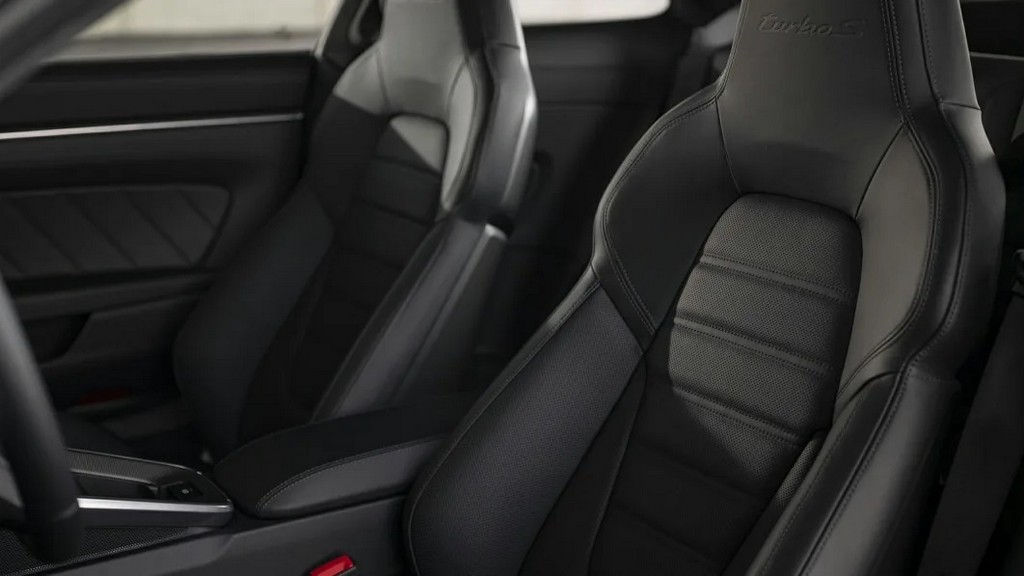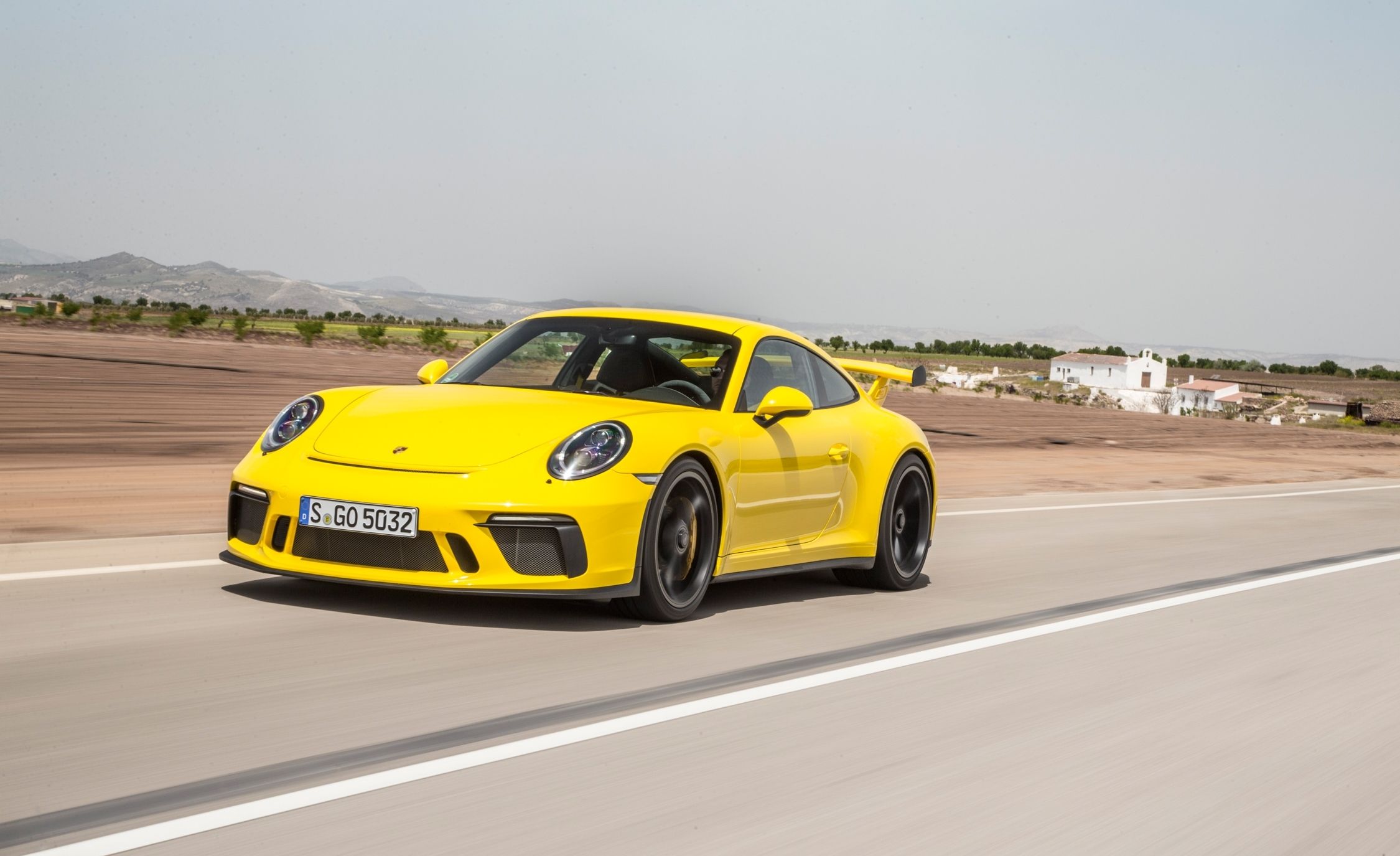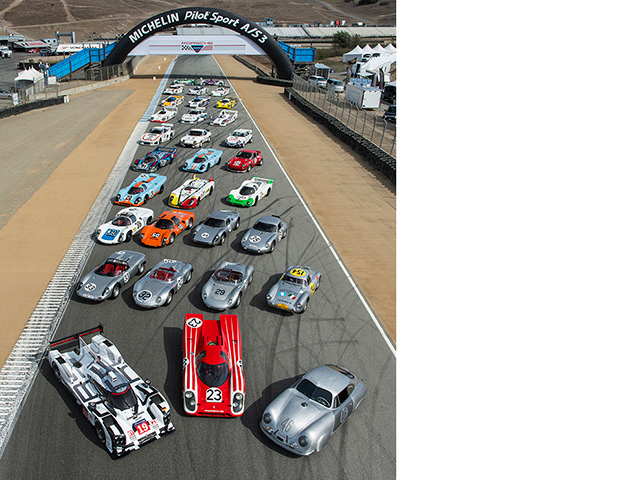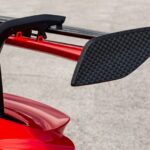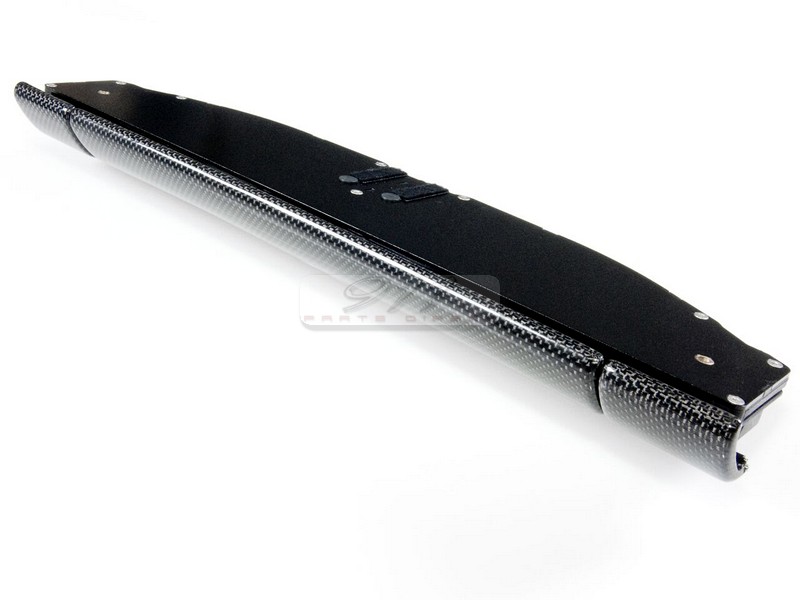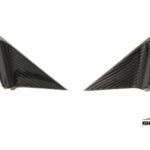2023 Porsche 911 Turbo S
The Porsche 911 Turbo S is an impressive vehicle that offers a thrilling experience on the road. Its performance is truly remarkable, and its handling and grip make it a joy to drive. This year, Porsche has taken things to a new level with the release of their 2023 911 turbo S. The 911 Turbo S is among the fastest and most capable cars Porsche has ever produced, offering drivers an unparalleled driving experience. Let’s go ahead and uncover everything you need to know about the 2023 Porsche 911 Turbo S. From its design elements and powertrain to its advanced technology features and more; it has a lot going for it.
Safety and Driver Assistance Features
The Porsche 911 Turbo also comes with advanced safety and driver-assistance features that make it extremely safe to be on the road. The 911 Turbo is equipped with standard automated emergency braking, which helps reduce the risk of a collision. The car also has an available lane-departure warning system. This alerts the driver when the vehicle drifts out of its lane. Additionally, the 911 Turbo can be fitted with adaptive cruise control, which helps maintain a safe distance from the car in front.
Exterior Design
The exterior of the Porsche Turbo S comes with a lot of interesting features. The car is available in both coupe and convertible body styles. The convertible is the more popular choice among buyers, but both options look great. In terms of colors, the Porsche Turbo S is available in black, white, and silver.
The 2023 911 Turbo S has a wide, curvy body designed for aerodynamic efficiency. The front end is characterized by its large air intake, which cools the engine and brakes. The car’s rear features a unique spoiler that helps increase downforce. Every element of the Porsche 911 Turbo S’s exterior design has been carefully crafted to create a uniquely stunning car. With all these great features, the Porsche 911 is a favorite among drivers who appreciate fine engineering and design.
Interior Design
The Porsche 911 Turbo S hits the mark when it comes to interior comfort. The cabin is designed like a race car, with high-end trim and features. The front seats are comfortable and supportive, while the rear seats are slightly more cramped. However, it still offers adequate legroom and headroom.
The 911 also comes with a reconfigurable digital gauge display, making it easy to customize the car to your preferences. It has leather upholstery, heated front and rear seats, a power-adjustable steering column, navigation, and a premium sound system. All of these features combine to create a truly luxurious experience. The Porsche 911 Turbo S offers excess interior comforts and cargo space. Whether you’re looking for a weekend getaway car or a daily driver, the 911 Turbo S got you covered.
Engine and performance
The Porsche Turbo S was designed to be a track-day car with several performance-enhancing features. This includes an adjustable suspension, larger brakes, and a rear spoiler. It also has a race-tuned engine that delivers exceptional power and performance. Its standard 573-hp 3.7-liter flat-six or a 640-hp version for Turbo S models provides an all-wheel-drive launch that is truly remarkable. Its acceleration is incredible, reaching 30 mph in 0.9 seconds, 60 mph in 2.2 seconds, and completing a quarter-mile in just 9.9 seconds at 139 mph.
Furthermore, the handling, steering feel, and immense grip make it a joy to drive. The Porsche 911 Turbo is a classic sports car with a powerful engine, a smooth transmission, and incredible performance. It’s no wonder many drivers choose the 911 Turbo for daily driving.
Pricing
The Porsche 911 Turbo S has been complimented by many due to its luxurious features. So, how much does the 2023 911 cost? The base price of the Porsche 911 Turbo S starts at $203,500. That’s a hefty price tag, but it’s well worth it for the performance, style, and features you get. You can always opt for the limited-edition 911 Turbo S Exclusive Series, which starts at $257,500.
Porsche 911 Turbo S Body Kit
Different body kits are available for the Porsche 911 turbo, but the most popular type is the Porsche 911 turbo S body kit. The Porsche 911 Turbo S body kit comprises several parts that replace or add to the existing body of your car. These parts are usually made from high-quality materials such as carbon fiber or fiberglass.
The front bumper parts of the Porsche 911 Turbo S body kit give your car a more aggressive look and improves its aerodynamics. Other popular parts of the kit include side skirts, rear spoilers, and diffusers. Installing a body kit on your Porsche 911 turbo can be a big job, so it’s important to ensure that you hire a professional installer with experience with this type of work. Once installed, you’ll enjoy the new look of your car and its improved performance.
Pros and Cons
Here are some of the pros and cons of 2023 911:
PROS:
- Excellent performance: This owner gets to experience an exciting ride due to its great performance
- Outstanding design: The Porsche 911 Tubo S has an amazing appearance that stands out among its contemporaries.
- Luxurious interior: It has many cool features to make the passengers comfortable.
CONS:
- It is expensive to buy
- Due to its sophisticated design, it may be difficult for some drivers to drive in bad weather conditions.
- It needs to be maintained frequently to keep it running at all times.
Conclusion
The 2023 Porsche 911 Turbo S is a powerful and stylish machine that gives a solid impression wherever you go. With its updated performance features, efficient engine, and luxurious interior, this car has everything you need to make your driving experience unforgettable. So, go ahead, buy one, and enjoy your ride.

